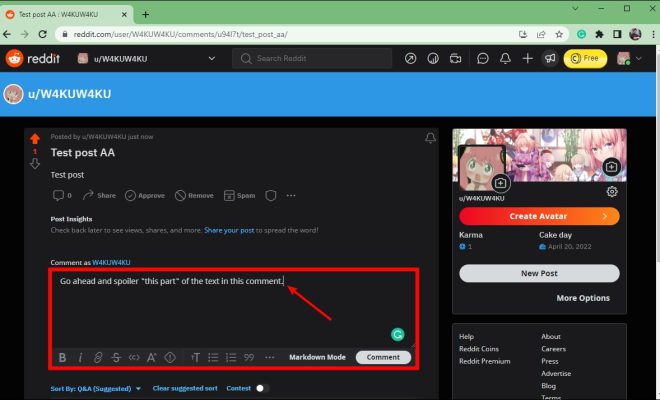What is Split Domain Name System (Split DNS)?

The Split Domain Name System (Split DNS) is a technique that allows a local network to use different DNS servers for different services. With Split DNS, network administrators can configure internal network servers and public internet servers to handle the same domain name differently. This technique is useful for organizations that want to segregate their internet traffic from their internal network traffic.
In simple terms, Split DNS is a method of creating two different DNS zones for a single domain name. One zone is used for internal network queries, while the other zone is used for public internet queries. The internal zone is typically hosted on a local DNS server, while the public zone is hosted on an external DNS server.
The idea behind Split DNS is to enable network administrators to separate internal from external DNS queries. This separation helps to reduce the amount of internet traffic that passes through the internal network infrastructure. Additionally, Split DNS enhances control and security by preventing internal network users from accessing public-facing services that could be a security risk.
There are different ways to implement Split DNS. The most common method involves configuring the DNS server software to respond to queries from a specified source IP address or subnet. For instance, a network administrator can set up the DNS server to respond to queries originating from the internal network with the internal DNS zone, while queries originating from the public internet are responded to with the public DNS zone.
Another method of implementing Split DNS is by managing the DNS records manually. In this method, DNS records for public-facing services are created on the external DNS server, while DNS records for internal resources are created on the internal DNS server. The DNS records on each server are configured to point to the respective IP address of the service.
Split DNS can be beneficial for businesses of all sizes. Small businesses can use it to reduce bandwidth usage and enhance security, while large corporations can use it to segregate traffic and centralize control. However, implementing Split DNS requires careful planning and execution to avoid downtime and data breaches.






